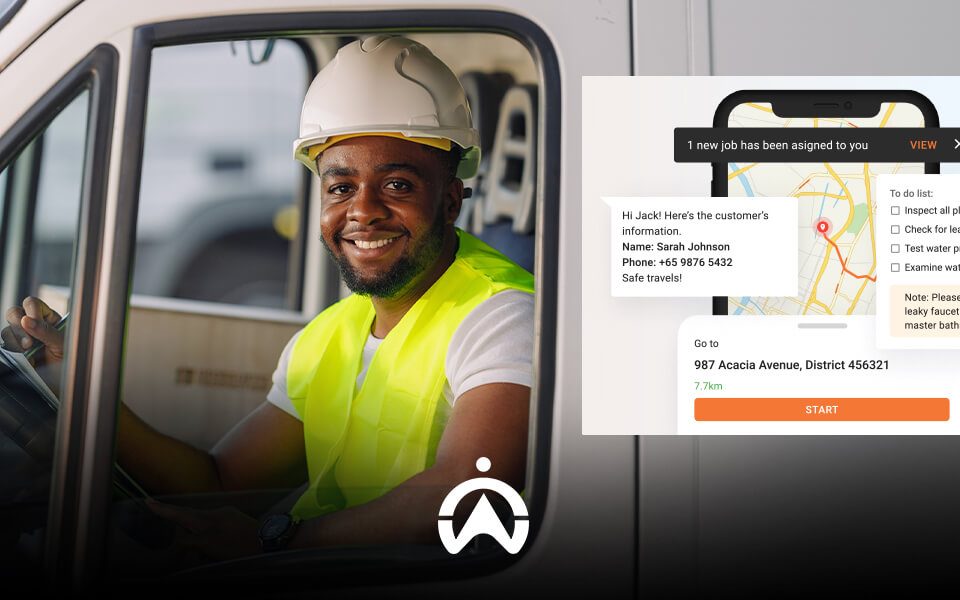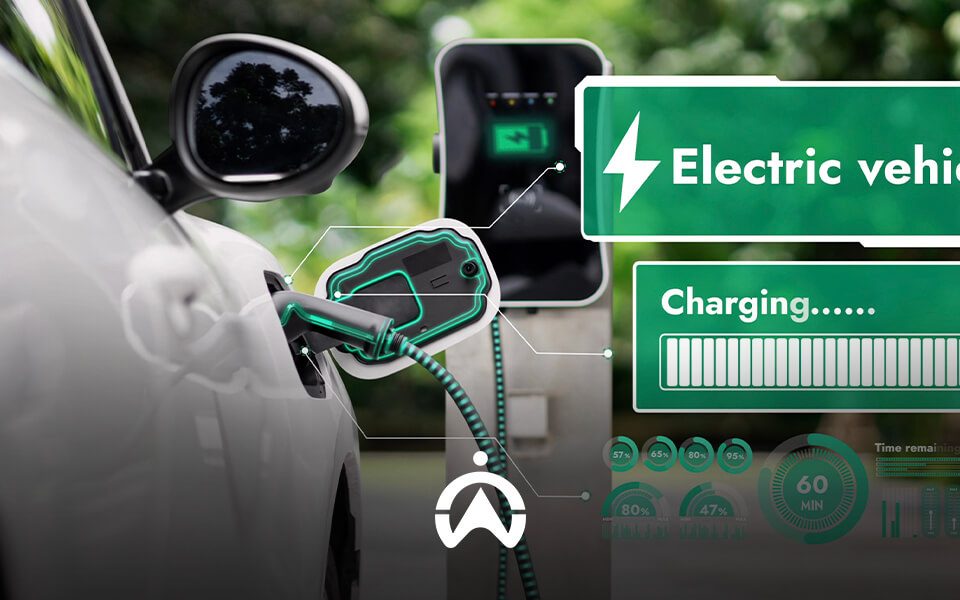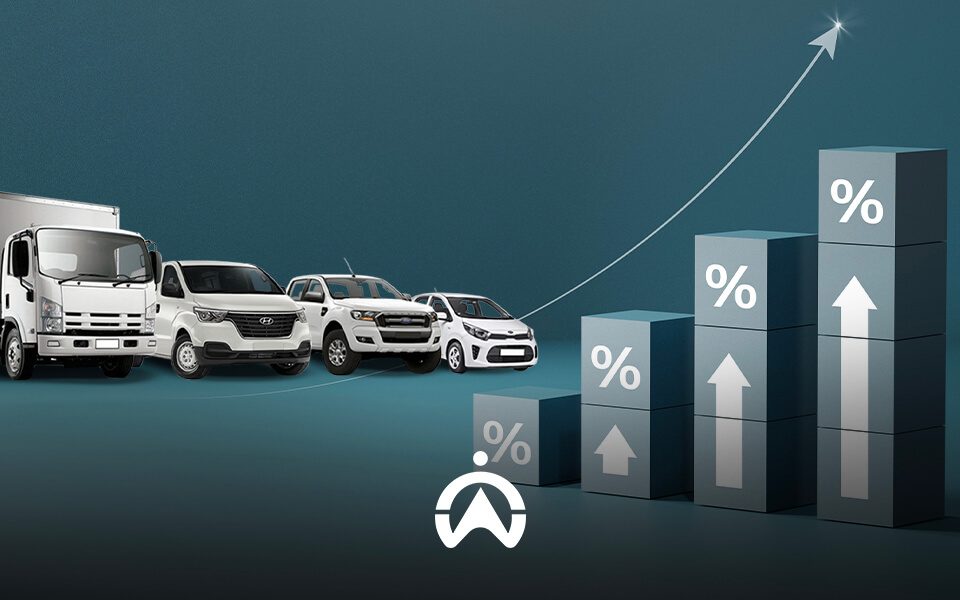9 Ways to Stop Your Fleet Drivers from Speeding
To prevent your fleet drivers from speeding, you need to adopt a dynamic approach that incorporates strict company policies, advanced technology, and comprehensive training. This method will promote safer driving habits, thus improving overall fleet running costs and enhancing safety.
Speeding is one of the most common causes of road accidents. It also consumes more fuel, causes vehicle damage, and could lead to reputational damage for your company. This sort of driving behaviour will, in the long run, result in higher fleet operational costs. In today’s article, we give you 9 simple ways to reduce the speeding habits of your vehicle operators.
9 Effective strategies to reduce speeding in your fleet
Speeding is a huge concern on Eswatini roads, and for a business, it can result in higher operational expenses. With the right strategy, your business can overcome this issue with ease. Here are 9 ways to stop your fleet drivers from speeding:
1. Implement real-time speed monitoring
Technological solutions are the key to curbing the issue of speeding. As a fleet manager, you must invest in a vehicle telematics system, as it gives you a full view of how drivers behave on the road. You’ll get instant alerts of speeding incidents and extensive reports.
2. Find the root cause
It’s always better to know why speeding incidents happen in the first place. Are the schedules too tight? Is it poor route planning? Or is it more of a company culture issue? These are the questions you should be asking to find the root cause and make amends.
3. Set clear rules on speed limits
Don’t assume all drivers know the law. Create company policies that clearly state the maximum speed allowed in different areas or road conditions. For example, drivers need to slow down at least 10 km/h below the speed limit when it rains. Put this in your policies and communicate it to them so they know what’s expected of them in those situations. Make sure every driver understands the rules.
4. Give drivers regular feedback on their driving
Use the telematics system and fleet management platform to generate reports for each driver. The report should include things like how often they speed, when, and where. You might discover that some drivers only tend to speed on a certain route and therefore need training on a better way to go about it. Sharing reports is an opportunity to communicate with drivers, encourage safer driving, and reward improvements.

5. Offer ongoing training
Ensure that drivers are regularly upgrading their driving skills. You can offer defensive driving courses or use each incident as an opportunity to send the driver for coaching. A good fleet management system should already have a coaching system in place to make it easier for you.
Accidents are the worst, as they could turn fatal. Drivers must understand the impact speeding has on a business beyond collisions. Educate them on the effects of speeding. Point out how it increases fuel costs and repair expenses, and makes the business a higher risk to insurers.
6. Reward safe driving
Every employee needs to be motivated, and rewarding good behaviour is one way to keep morale up. Give public recognition to drivers, like naming them “driver of the month” and putting them in newsletters. You can also give incentives such as gift cards, bonuses, or an extra break time.
7. Reduce distractions using in-cab cameras with AI features
In some cases, drivers end up speeding because they’re distracted by something else and are therefore not paying attention to the speed limits. It’s important that you install dashcams with AI capabilities, as these can detect when drivers are not paying attention to the road.
The cameras will give drivers alerts to change their behaviour, ensuring that they avoid accidents. You will also get reports on each distracted driving incident and can then review the footage with drivers to help them improve.
8. Avoid schedules that force drivers to rush
Unreasonable deadlines make drivers more likely to speed. As mentioned in one of our previous points, tight schedules and poor route planning might be one of the reasons drivers feel the need to speed. Use route optimisation software tools to perfectly plan routes and delivery times that allow safe driving.
9. Lead by example
Safety is a priority for everyone in the company. Therefore, managers and supervisors who use company vehicles should also follow the same safety rules. Setting this example helps create a culture where safe driving is taken seriously across the whole team.
Facts about speeding
Speeding inevitably increases the likelihood of road accidents. It may also result in injuries and fatalities! According to the World Health Organisation (WHO), road traffic injuries are the leading cause of death for children and young adults aged 5–29 years. They also state that approximately 1.19 million people die each year as a result of road traffic crashes.
It’s also important to note that insurance premium rates are based on risk, and since speeding increases the chances of accidents, it also means an increase in insurance claims (and higher premiums). Traffic fines WILL affect your insurance rates.

The Cartrack solutions that help keep your drivers within speed limits
At Cartrack, we have various solutions for you to reduce speeding and improve driving behaviour. Here’s what we offer:
- The Cartrack telematics device: Our GPS tracking units have telematics capabilities. This means they monitor vehicle activities and detect when drivers are engaging in unsafe driving habits such as speeding, harsh cornering, and harsh acceleration. You’ll then get reports on each incident, indicating the number of “violations”. You can also view this information in the form of a chart, so it’s easier to understand.
- AI cameras: We have AI-powered cameras that were solely designed to enhance driver safety and give you a full view into the activities of each driver. Our AI Dual Vision dashcams can spot and give audible alerts when drivers are using their cellphones, yawning, or smoking. As mentioned, such behaviours could distract the drivers from focusing on speed limits, so minimising them helps a lot!.
- Coaching platform: You also have the option of adding our coaching platform to your package. The Cartrack coaching platform keeps a record of each incident from every driver. From there, you can use this to see trends in your team and the events of each individual, and send them for training based on their specific needs. This feature also allows trainers to leave notes for each session so they know what was discussed with each driver in previous sessions.
Using a mix of technology, fair rules, and a positive safety culture is the best way to improve overall driver conduct. Investing in our fleet management technologies is the first step to reducing risky driver behaviour. It also gives your business a stronger reputation and saves costs. Contact us today to see how we can help you curb speeding in your fleet.
Frequently Asked Questions about Speeding
Are incentives more effective than penalties when trying to stop truck drivers from speeding?
Yes. Positive motivation, such as incentives, works better in the long term compared to penalties. When drivers feel punished, they tend to experience stress or fear, which can lead to them hiding violations or engaging in unsafe shortcuts to avoid consequences.
How can fleet managers train their drivers for their job?
Fleet managers can train their drivers on the job by using GPS telematics systems and cameras. This ensures that they always have a close eye on behaviours such as speeding, harsh braking, or distracted driving. From there, they can provide feedback after trips or during scheduled coaching sessions.
What are driver scorecards, and how do they work?
Driver scorecards evaluate a driver’s performance based on telematics data. The system rates each driver on how they behave on the road. It monitors each trip and scores it according to the number of incidents. In doing so, drivers and fleet managers will know if they’re good or if they need more training to practice safer driving.
Cut costs, improve safety, and protect your company’s reputation with our solutions. Reach out to us.




